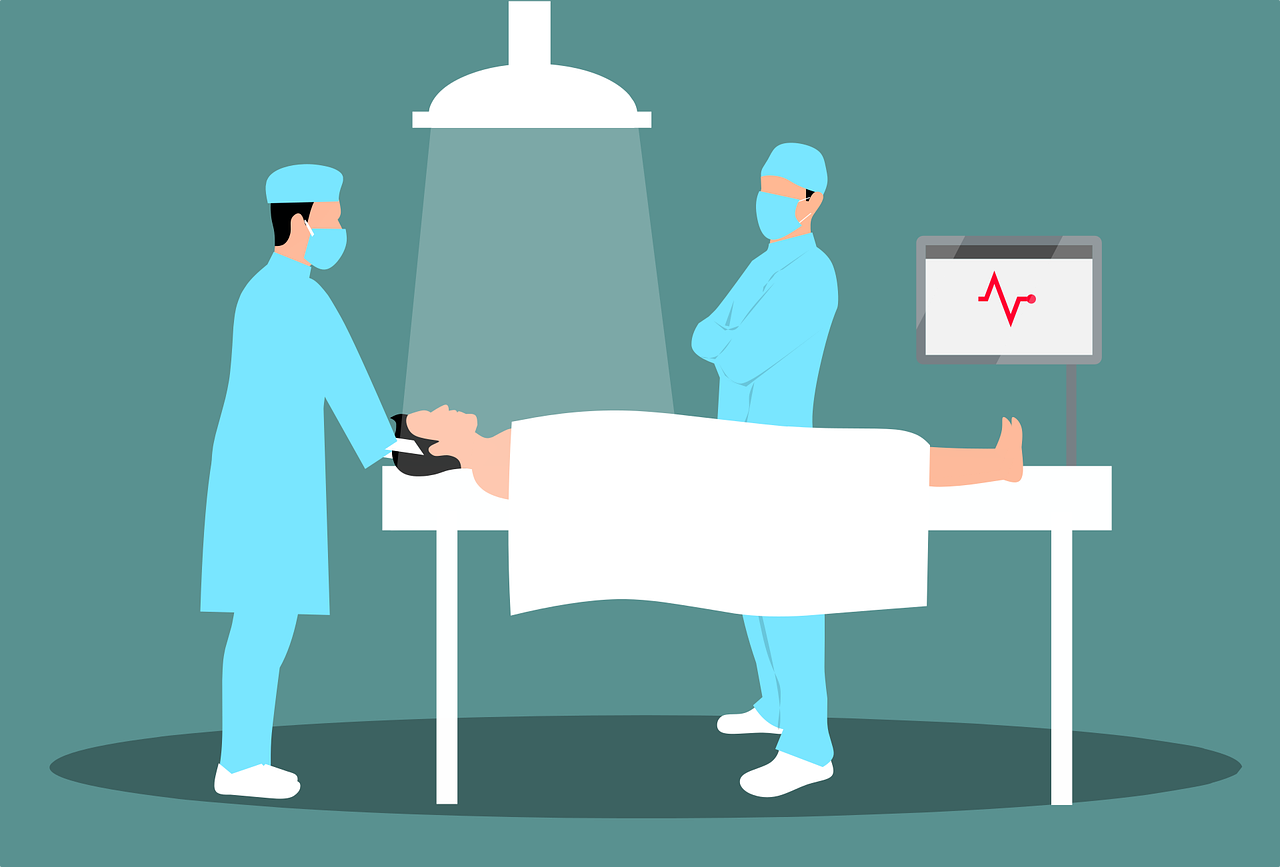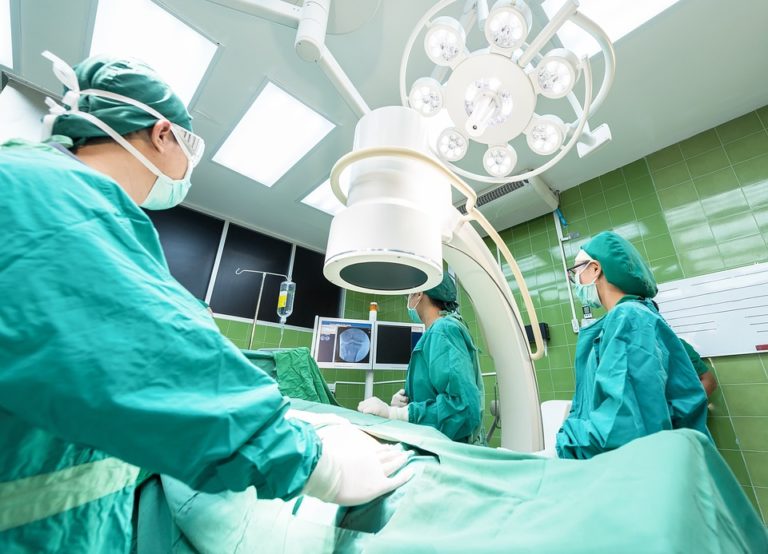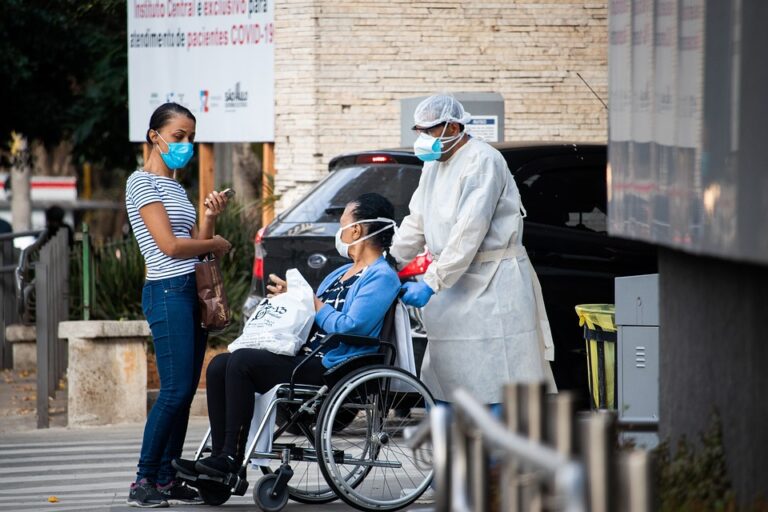Book Appointment Now

Hair Removal for Prevention of Post-Surgery Infections
Infection prevention is a top priority in surgical care, and hair removal for the prevention of post-surgery infections is a critical aspect of preoperative preparation. Surgical site infections (SSIs) are among the most common hospital-acquired infections and can lead to severe complications, increased healthcare costs, and prolonged hospital stays. Nurses play a pivotal role in ensuring that preoperative hair removal is conducted properly to reduce the risk of SSIs. This article will explore the significance of hair removal in infection control, best practices for safe hair removal, and how nurses can ensure patient safety.
Get a custom nursing paper with your hair removal in infection control assignment? ![]()
The Role of Hair Removal in Preventing Post-Surgery Infections
Hair removal at the surgical site is often necessary to create a sterile environment and minimize the risk of bacteria entering the incision. Hair removal for the prevention of post-surgery infections is based on the principle that excess hair can trap bacteria and debris, which may increase the likelihood of infection after surgery.
Why Hair Removal is Important:
- Prevents bacterial colonization: Hair can harbor bacteria that may contaminate the surgical site during the procedure, leading to SSIs.
- Improves adhesion of surgical drapes and dressings: Smooth skin allows better adherence of sterile coverings, reducing the risk of bacterial contamination.
- Reduces complications during surgery: Excess hair can interfere with the surgeon’s ability to visualize the surgical area and increase the risk of post-operative complications.
The timing and method of hair removal are key factors in minimizing infection risks, which is why nurses must be well-informed about proper techniques.
Best Practices for Hair Removal in Surgery
Nurses play a crucial role in following best practices for preoperative hair removal to reduce the risk of infection. The method and timing of hair removal have evolved based on research and guidelines from organizations such as the Centers for Disease Control and Prevention (CDC) and the World Health Organization (WHO).
Recommended Hair Removal Methods:
- Clipping over shaving: Clipping is preferred over shaving as it reduces the risk of microscopic cuts on the skin that can act as entry points for bacteria. Studies have shown that shaving with a razor can increase the risk of SSIs by causing skin abrasions.
- Timing of hair removal: Hair should be removed as close to the time of surgery as possible, ideally in the preoperative holding area. Early removal, such as the night before surgery, can increase the chance of bacterial colonization on the skin.
- Avoid using razors: If hair removal is necessary, using electric clippers is recommended to avoid skin irritation and minimize infection risks.
By adhering to these best practices, nurses can help ensure that hair removal contributes positively to the prevention of surgical site infections.
The Nursing Role in Hair Removal for Infection Prevention
Nurses are responsible for ensuring that all preoperative procedures, including hair removal, are conducted according to established guidelines. In addition, nurses must educate patients on the importance of this step and ensure that it is done safely.
Nursing Interventions for Hair Removal:
- Patient education: Nurses should inform patients about the reason for hair removal and the benefits it provides in preventing post-surgery infections. Clear communication helps alleviate any patient concerns and ensures understanding of the procedure.
- Ensuring proper technique: Nurses should use the recommended hair removal methods, such as clipping instead of shaving, and ensure that it is performed in a sterile environment to prevent contamination.
- Monitoring for skin integrity: Nurses must assess the patient’s skin after hair removal to ensure there are no abrasions, irritation, or inflammation that could increase the risk of infection.
By emphasizing these practices, nurses play a key role in reducing the risk of SSIs and improving overall surgical outcomes. See Advanced medical surgical nursing assignment.
Risks of Improper Hair Removal
Improper hair removal methods, such as shaving with a razor, can significantly increase the risk of post-surgical infections. Nurses need to be aware of the potential complications that arise when guidelines for safe hair removal are not followed.
Complications from Improper Hair Removal:
- Increased risk of skin irritation and abrasions: Shaving can cause small cuts on the skin, creating entry points for bacteria.
- Higher infection rates: Research indicates that patients who undergo shaving rather than clipping are at a greater risk of developing surgical site infections.
- Delayed wound healing: Infections caused by improper hair removal can lead to slower healing times and complicate post-operative recovery.
To minimize these risks, nurses must ensure that the correct hair removal methods are used, and patients are informed of the reasons behind these practices.
The hair removal for prevention of post-surgery infections is an essential component of preoperative care, significantly reducing the risk of surgical site infections when performed correctly. Nurses, as frontline caregivers, are responsible for following best practices, educating patients, and ensuring a sterile surgical environment. By understanding and implementing the safest hair removal techniques, nurses contribute directly to improved patient outcomes and a reduction in post-surgical infection rates.




